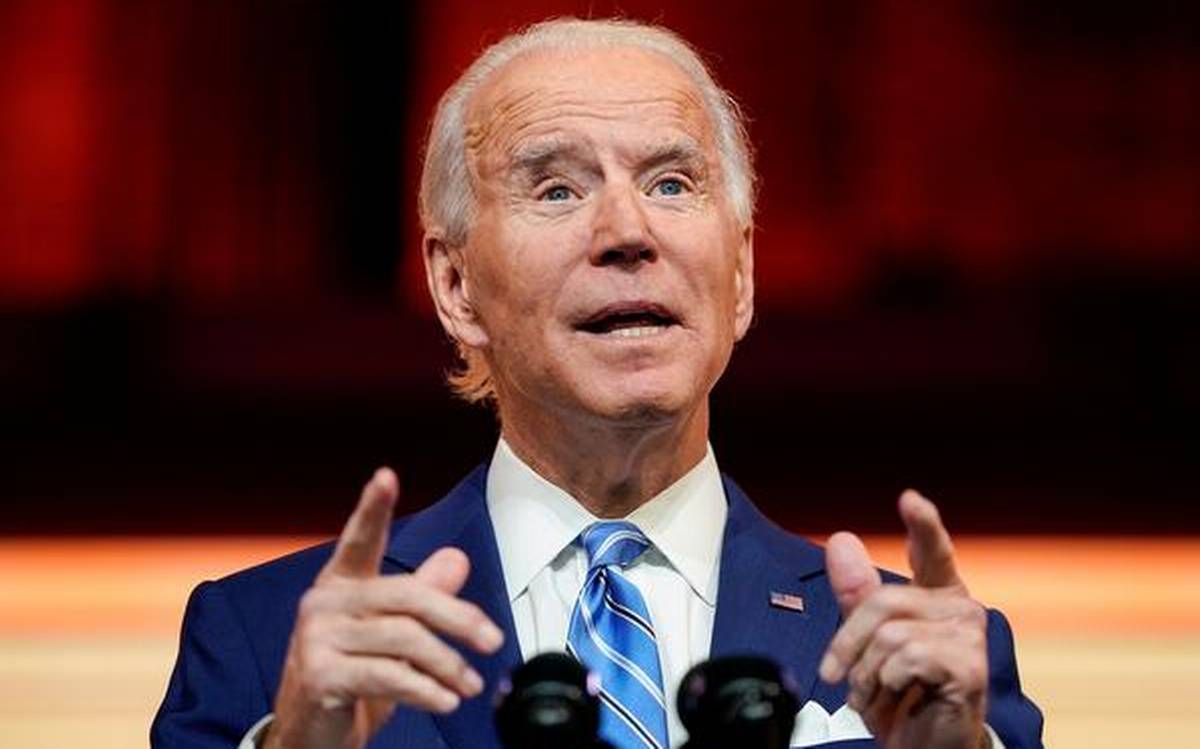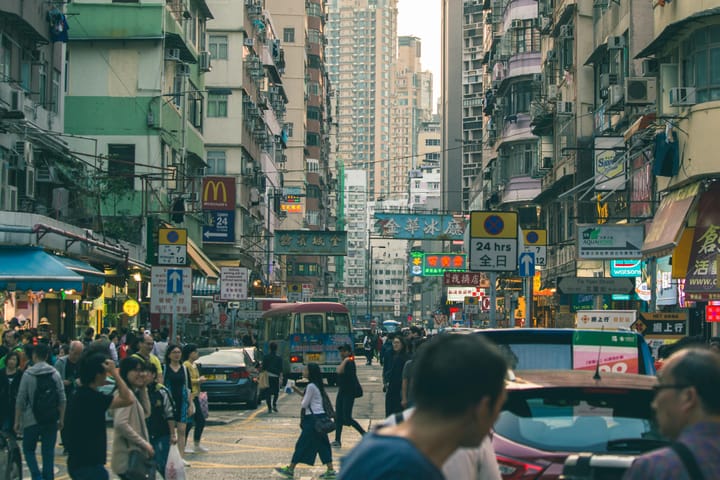Will infrastructure bridge the divide between Democrats and Republicans under President Biden?

A few minutes every morning is all you need.
Stay up to date on the world's Headlines and Human Stories. It's fun, it's factual, it's fluff-free.
Biden’s plan aims to launch a “national effort aimed at creating the jobs we need to build a modern, sustainable infrastructure now and deliver an equitable clean energy future.”
Nowhere have the divisions that have roiled American politics over the last four years been better encapsulated than in the attempted coup that took place on the United States Capitol building on January 6.
Despite these tensions, President-elect Joe Biden has promised to “be a president for all Americans” and has planned his upcoming inauguration around the theme of “America United.”
While some may scoff at the idea of America being “united” following the events of recent days, when it comes to transportation and infrastructure, Biden may see some cooperation from Republicans.
President Donald Trump long promised massive investment and federal attention to America’s infrastructure and transportation needs, but no plan to improve the country’s infrastructure was ever implemented.
It’s now left to Biden and the incoming Secretary of Transportation, Pete Buttigieg, to deliver an infrastructure and transportation plan that will reinvigorate the American economy and possibly bridge the divide with Republicans.
Trump’s infrastructure promises
During his 2016 presidential campaign, then-candidate Trump promised to enact a US$1 trillion infrastructure plan to “fix our inner cities and rebuild our highways, bridges, tunnels, airports, schools, hospitals.”
Trump, leveraging his image as a successful business mogul and real estate developer, referred to himself as “the builder president,” tying his infrastructure plan into a wider economic manifesto to “make America great again.”
But with time in office set to end in a few days, Trump’s promise of reinvigorating American infrastructure and transportation is likely to go unfulfilled.
The US$1 trillion infrastructure plan Trump promised became diluted into a series of smaller proposals, such as an initial US$200 billion investment from the federal government to encourage further investment by private investors and local governments.
According to Adie Tomer, a fellow at the Brookings Institution Metropolitan Policy Program, Trump’s presidency will be seen as a “missed opportunity” for investment into infrastructure.
“This administration has been a major letdown for nearly all state and local officials and advocates,” Tomer adds.
Biden’s plan
In a press release following Biden’s victory in the 2020 presidential election, Oregon Democrat Peter DeFazio, chair of the US House committee on transportation and infrastructure, wrote that “President-elect Biden plans to ‘Build Back Better,’ and that’s exactly what our Nation needs to move our infrastructure into the 21st century.”
With Democrats now in control of not just the presidency but both houses of Congress as well, Biden’s administration will be expected to deliver.
Biden’s plan aims to launch a “national effort aimed at creating the jobs we need to build a modern, sustainable infrastructure now and deliver an equitable clean energy future.”
In particular, Biden’s plan pledges to rebuild “America’s crumbling infrastructure” as well as expand access to public transportation options throughout the country, “ranging from light rail networks to improving existing transit and bus lines to installing infrastructure for pedestrians and bicyclists.”
Sustainable development, supporting the American auto-industry and shifting to clean energy are all key features of this plan.
To help him deliver on these promises, Biden has tapped former South Bend, Indiana Mayor Pete Buttigieg as his Secretary of Transportation.
In announcing the pick, Biden stated that he believes the Department of Transportation will be the “site of some of our most ambitious plans to build back better” and that he trusts “Mayor Pete to lead this work with focus, decency, and a bold vision.”
Buttigieg’s own campaign for the presidency had proposed a US$1 trillion infrastructure plan, with priority given to city-centric transportation, tackling climate change and investing in bike lanes and pedestrian infrastructure.
Buttigieg’s plan was highly rated by the policy think tank Transportation for America, which stated that Buttigieg “saw the need for transportation to build great communities for everyone,” not just shuttle “people in vehicles through them.”
In South Bend, Indiana, Buttigieg instituted a US$21 million project known as “Smart Streets,” which eliminated one-way streets, making them more accessible to both pedestrians and cyclists, and helped encourage economic revitalization in the city’s downtown.
Buttigieg himself has promised that “infrastructure week,” a Washington term for a promised federal focus on infrastructure renewal that never materializes, will become “associated with results” under his tenure.
With the victories of Democrats Raphael Warnock and Jon Ossoff in the January 5 Georgia runoff elections, Democrats gained control of the Senate, making Biden’s infrastructure and transportation plan among those most likely to be implemented within the first half of his four-year term.
The Democratic House has passed infrastructure bills in the past, including the US$1.5 trillion “Moving Forward Act,” which passed in July 2020 but ultimately failed to receive a vote in the Republican-controlled Senate.
Whether Republicans are willing to work with a Democratic president to “build back better,” though, remains to be seen.
Have a tip or story? Get in touch with our reporters at tips@themilsource.com




Comments ()